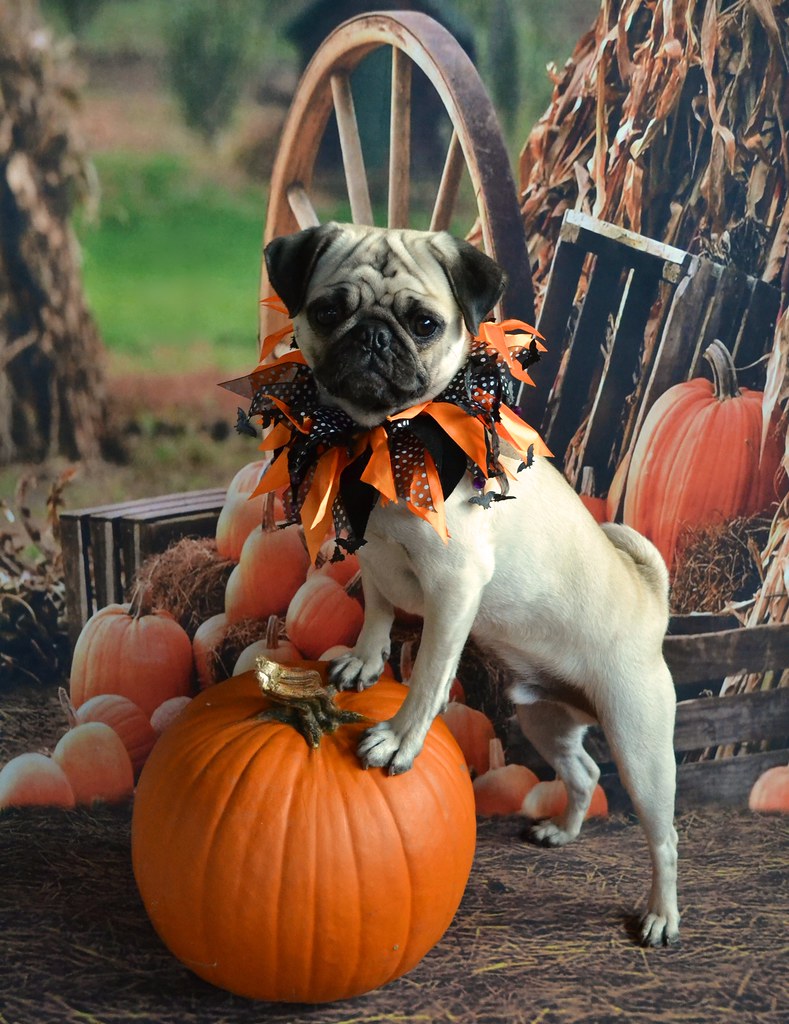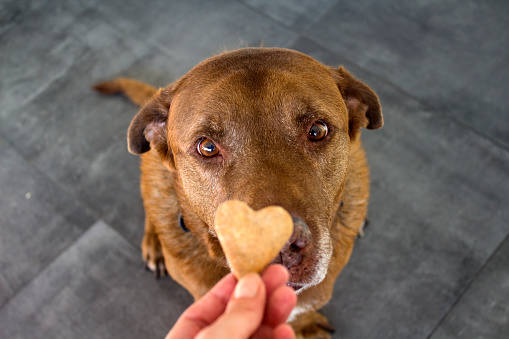
Raising and training a service dog requires responsibility, full commitment, and dedication. It is not simply teaching a dog to perform tasks to support you. It is a long-term process related to knowing each other better and becoming a perfectly functioning team whose members can always rely on each other.
The emotional bond between a handler and their service dog is profound and deeply rooted in mutual understanding, and trust. It often transforms into an unbreakable partnership that enhances the handler’s quality of life and their emotional well-being.
Given the deep emotional connection between handlers and their service dogs, the process of transitioning to another service dog can be overwhelming. Unfortunately, for various reasons, i.e. aging, health conditions, or death, a dog may no longer be able to perform their duties as a service dog.
While it can be difficult to look ahead and embark on a training journey with a new service dog, taking this step may be necessary. Today’s article is dedicated to all service dog handlers who face the process of transitioning to another service dog and need support!

Give Yourself Time
Transitioning to a new dog is accompanied by feelings of acceptance and even grief, provided your previous service dog has passed away. Do not force yourself into a new training journey if you are not emotionally ready yet, as the process needs your entire commitment to succeed.
Allow yourself to grieve about your previous paw companion and take the step of getting a new dog when you feel you can deal with the new responsibility.
How long it will take to feel ready is strictly individual, so do not compare yourself with others. As an individual and a part of a service dog team, you have your needs and perspective.
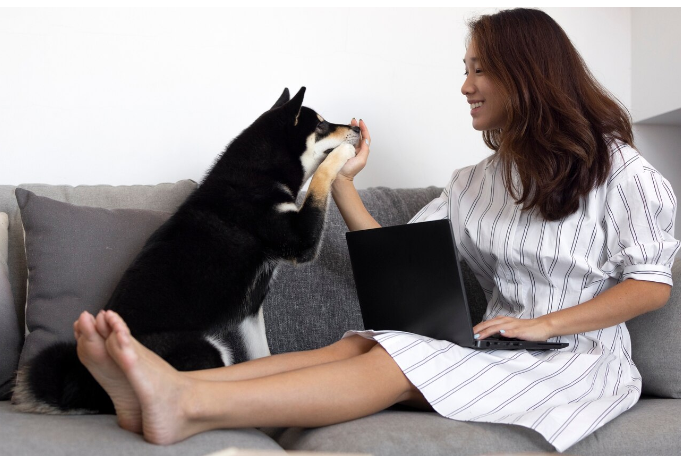
Preparation Before the Transition
Choose the Best Training Option for Yourself
If you have decided to transition to another service dog, make sure to clear up the following question: Are you going to apply for a trained service dog or get a dog and then train them yourself/with the help of a trainer/training organization?
In the first case, you should be ready to wait for a trained dog for about a year or longer. It is essential to contact a reputable organization that provides trained dogs and make sure you and the dog you might be paired with have the potential to become a good team.
If you decide to go the second path, then you should be ready to dedicate to the training process or choose a reputable trainer, whose goals, vision, and training methods match your needs and expectations.
Understand Your Needs
Another essential aspect of the transition is to completely understand your needs. Over time, your physical and/or mental health issues might have led to changes in your specific needs. These, in turn, may reflect in different requirements towards your new service dog.
For example, some physical health conditions may affect an individual’s mental health, which, in turn, may require a service dog to perform psychiatric tasks for their owner.
Meet Potential Service Dog Candidates
If possible, meet at least several dogs before making a decision. If you get a dog, who you will train yourself, or with the help of a trainer or training program, it is crucial to opt for a canine with the right temperament for the job.
Consider breed characteristics like energy level, barking, shedding, need for physical and mental stimulation, social skills, etc., but also remember that dogs are individuals. Each dog has their own temperament and personality, and your paw friend may have traits that deviate from the breed standard.
Health Check-ups
To be able to reliably work as a service animal, a dog should be healthy. This is the first and most important factor to take into account.
Obtain veterinary records for your new paw friend, including vaccination history, spaying/neutering status, and any past medical treatments. Furthermore, you need to ensure the dog has undergone health screenings for common genetic issues, especially if they are of a breed that is prone to specific conditions. For example, the German Shepherds are prone to hip dysplasia; the Pugs are prone to eye conditions; the Bulldogs are predisposed to respiratory issues, etc.
Home Preparation
Based on the specific situations, you may need to prepare supplies for each dog - your previous service dog, who will continue to provide support as your pet, and your new paw friend. This will help ensure there won’t be competition for food, toys or bedding.
If your new paw friend lacks training, make sure to remove any hazards that could harm your dog, including human food that can be dangerous for dogs like chocolate, raisins, xylitol, alcohol, coffee, etc. Also, you should secure any electrical cords, medications, or chemicals and remove small objects that can be easily swallowed.
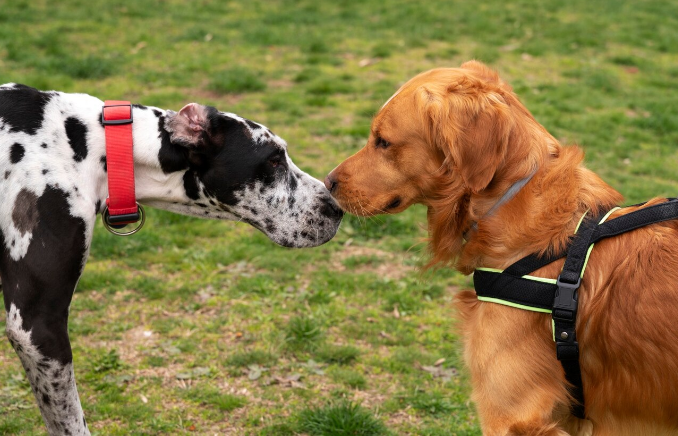
Introducing the New Service Dog
Based on your specific situation, you may need to introduce your new paw friend to other pets in the household, or your previous service dog, who due to their age and/or potential health conditions, has become unable to continue working as a service animal.
If you live in a household with multiple dogs, ensure they will first meet in a neutral area, like a local park, so that they will not likely show any territorial instincts. Furthermore, it is important to keep the initial interaction low-key and avoid overwhelming your new dog with too many people or stimuli. Supervise the interactions between your pets and new paw friends and make sure they meet in a controlled environment.
Prepare a designated area at home that will be your new paw friend’s safe zone. It will play the role of a personal space where they can retreat if they need some time on their own. Do not force your new dog but give them time to acclimate to the new environment.
Using positive reinforcement tools like treats, toys, and praise will encourage your new furry buddy to exhibit the wanted behaviors and help them feel loved and cared for.
Remember that transitioning to a new service dog is an important step not only for you but for the dog as well. Do not expect your new furry buddy to behave like your previous service dog, especially if thorough training has not been conducted yet and an emotional bond has not been developed between you and them.
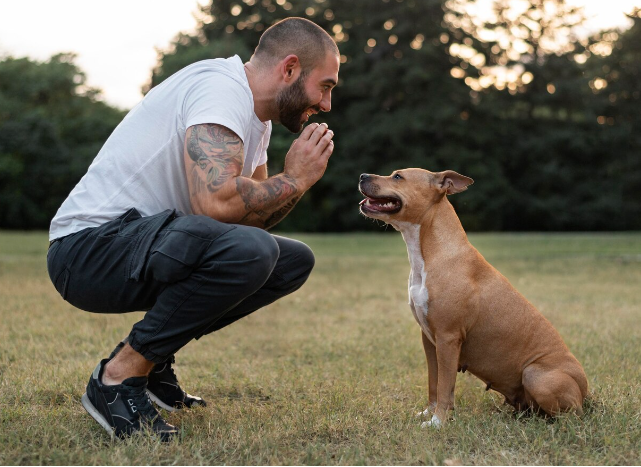
Training
Regardless of the training option you have chosen- training the dog yourself, training them with the help of a professional trainer, or getting an already trained service dog—your active participation in the process will be required.
Individuals who get trained service animals need to keep up their dogs’ advanced training. This requires acquiring certain skills as handlers and being able to function with the dog as an inseparable team.
If you get a dog and decide to train them or have them trained after that, you will need to be very patient, consistent, and dedicated to the training process. Service dog training encompasses three parts—basic obedience, specific service dog training, and good manners in public, all of which are essential. They help prove the dog can reliably assist their handler/user and can behave appropriately in environments with distractions such as other animals, people, smells, or sounds.
Structure
A good structure is needed for every process to succeed, including service dog training. Try to make a schedule that suits your daily routine and lifestyle and your dog’s personality and training background, and stick to it as much as you can. Make sure to gradually transition from basic obedience to more advanced service dog tasks and public manners. Take the time needed for your dog to master basic obedience commands first, as they are the foundation of advanced training.
Once your dog starts fulfilling the given commands, you should start practicing in various environments by gradually adding distractions to generalize the behavior. This will help your dog learn to exhibit it regardless of the specific situation or surroundings.
Moreover, dogs enjoy having a routine. For them, habits provide predictability and safety. Invest time into training every day if possible, and train several times a day for 10-15 min per session. Teach your future service dog when is mealtime, playtime, rest time, and time to exercise and practice. A routine will help your canine become calmer, better behaved, and more confident.
Consistency
“Success isn't always about greatness. It's about consistency. Consistent hard work leads to success. Greatness will come”. - Dwayne Johnson
We cannot agree more! It is all about consistency and all the small steps you are doing along the way. Even if your new paw companion does not pick up on certain tasks immediately, try to give them time; change the approach; reduce distractions; use high-value treats; practice more often; or eventually substitute the task.
It is crucial to practice regularly, move forward, and always keep your goal in mind.
Training Log
A training log can be valuable for the training, as it will enable you to keep track of your future service animal’s progress. It will give you a good insight into the dog’s behavior and whether they exhibit consistent improvement, and pick up on the vocal/non-vocal cues or rather show certain behaviors randomly.
Notes featuring information about the person conducting training (who); place (where); time (when); and desired behavior (what) will help you gain a good idea of what aspects of the training/ tasks need more practice. Also, it can help you identify triggers in the environment that may impede the smooth progression of your canine. Identifying a problem is the first step of the process towards addressing it.
The article Dog Training - How to Make a Training Plan Including Template might help you gain information about how to make a training plan, and keep a training log.
Let Your New Service Dog Pick Up On The Social Cues of Your Previous Service Dog
As creatures who live in a pack structure, dogs have strong pack instincts and pick up on other dogs’ cues. Therefore, meeting well-mannered dogs would help your canine pick up some wanted behaviors.
Canines tend to mimic behaviors that bring a positive outcome. For example, if a dog receives a reward for doing “sit”, another dog observing the process, might also exhibit the same behavior to be rewarded.
If your previous service dog has retired and lives with you as your pet, they may help teach your new paw friend good manners. Of course, it is important to not rely on your previous service dog to do all the work for you. Your active participation in the training process and guidance of the new canine’s behavior in the wanted direction will be needed.
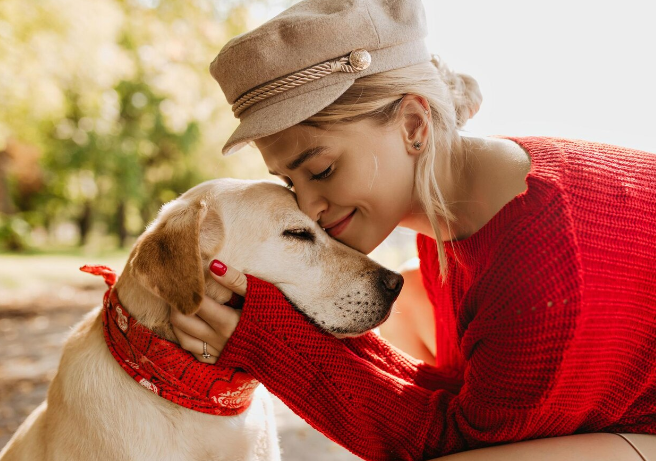
Bonding
Spending quality time with your prospective service dog is a crucial component of developing a strong bond with them.
Functioning as a service dog team in all types of environments requires the handler and the dog to develop a bond and understand each other on a deep level. Since you have already had a service dog, and are in the process of transitioning to a new one, please do not try to compare your bond with your previous dog to the bond with the new dog. Give yourself and your new paw friend time to know each other and spend time strengthening your bond.
Playing games like fetch, tug of war, chase, hide and seek, find the treats, agility games, etc., will keep your canine physically and mentally fit and help them get attuned to you.
Realistic Expectations
Setting realistic expectations is one of the most essential factors, affecting the training’s success. Dogs learn at different paces, have their temperaments, and may deal with some behavioral issues while still young, e.g. overly excitement, lack of impulse control, and friendliness with everyone. Chewing, nipping, and whining are common in puppies, so if you opt for a very young pup, make sure to dedicate yourself to teaching them the basics first. Potty training and setting boundaries are crucial components of puppy training.
You should not expect your new canine to immediately understand what you are expecting them to do. Be tolerant, and patient and help your paw friend reveal their potential!
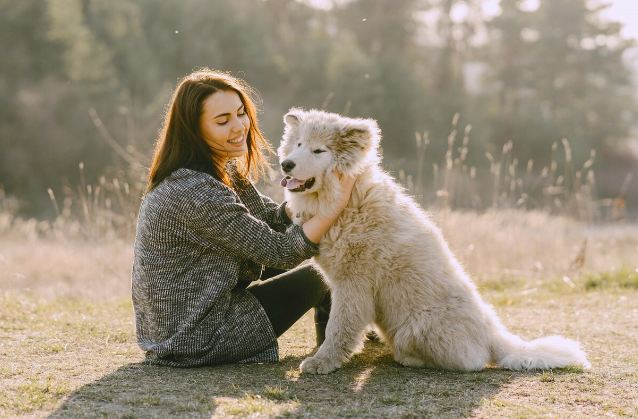
Ongoing Practice & Observation
If you want to teach a dog to show a certain behavior, you need to practice! Practice is even more important than perfection, so make sure to train regularly and monitor the dog’s response.
Keeping a training log, along with observing your canine’s behavior, will help you make adjustments when needed. These can be related to environmental management, including the intensity of the distractions; the type of treats (high-, mid-, low-value) and other positive reinforcement tools like toys and praises; the type of training gear or other supplies for the canine; the duration and frequency of training sessions, etc. It is essential to track these training components to tailor your approach effectively.
Legalities
Make sure that your new service dog complies with local laws and will be recognized in your area. Service dog regulations can greatly vary based on where you reside.
While service dog training and identification gear are not mandatory in many countries, it is always better to take precautions when you are going out to public locations. This is due to the increased number of cases where people falsely present their pet dogs as service/assistance dogs only to ensure they have access to public places.
Familiarize yourself with local laws and the policies of any airlines, rail companies, or other transportation companies you may want to use with your new service dog. Having your dog recognized as a service/assistance dog in one country/area or by one airline does not automatically apply to others.
Transitioning to a new paw friend, especially when they are being assigned the task of becoming your new service dog, can be difficult! However, with time, patience, consistency, and much love and understanding, you may be able to turn your new paw partner into a loyal and reliable service dog!
#ShareASale




